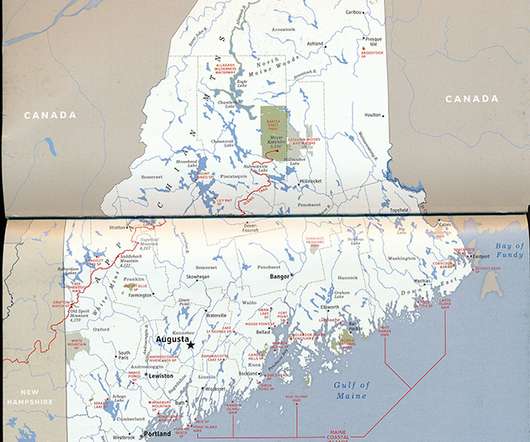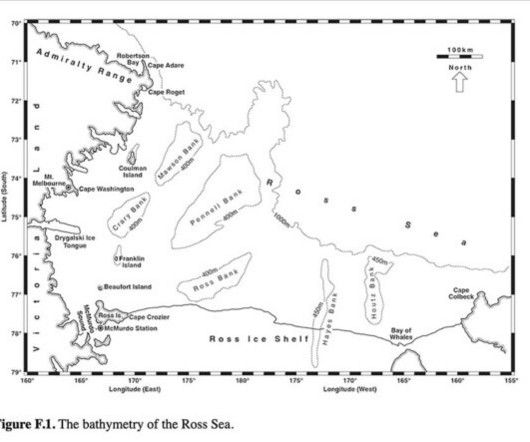Spotlight: Maureen Eiger – To Intervene or Not to Intervene?
10,000 Birds
AUGUST 14, 2015
We also try to re-nest uninjured baby birds so we don’t interfere with a bird’s breeding cycle. Call and transport the bird to a bird rehabber ASAP. Did you know a bird’s body has the ability to seal a small puncture wound within minutes? Wild bird rehabilitators want bird parents to feed their own babies.












Let's personalize your content